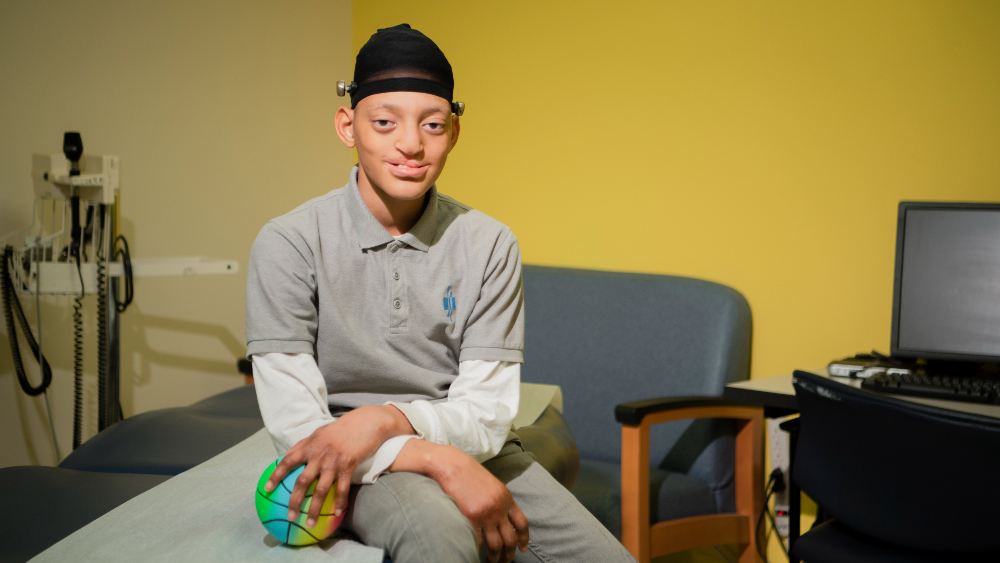Condition
Pediatric Craniosynostosis
What You Need to Know
Craniosynostosis is a condition in which the bones in an infant’s skull grow together too early, causing problems with brain growth and head shape. The edges of the skull bones are called sutures, which normally close by age 2 to 3. With craniosynostosis, the head stops growing in the areas where the sutures have fused, and expands abnormally in other areas.
Key Features
Craniosynostosis can occur by itself or as a part of certain craniofacial (head and facial) syndromes. If left untreated, craniosynostosis can lead to serious complications, including:
- Head deformity (possibly severe and permanent)
- Increased pressure on the brain
- Seizures
- Developmental delay
Impacts on the Brain and Development
Some forms of craniosynostosis can affect a child's brain and development. The degree of the problems is dependent on the:
- Severity of the craniosynostosis
- Number of sutures that are fused
- Presence of brain or other organ system problems that could affect the child
Types of Craniosynostosis
There are several different types of craniosynostosis, and the three main categories are:
- Scaphocephaly
- Plagiocephaly
- Trigonocephaly
Learn more in the FAQs below.
Schedule an Appointment
Our pediatric specialists provide personalized care for your child’s physical, mental and emotional health needs. Meet the providers who treat craniosynostosis and schedule an appointment today.
Frequently Asked Questions
What causes craniosynostosis?
What are the types of craniosynostosis?
What are the symptoms of craniosynostosis?
How is craniosynostosis diagnosed?
What are the treatments for craniosynostosis?
What are the life-long considerations for children with craniosynostosis?
Racing for Lily
Baby Lily needed surgery to correct serious complications from a genetic disorder. Her family's time at Children's National Hospital inspired them to participate in the Race for Every Child.
Departments that Treat Craniosynostosis

Rare Disease Institute - Genetics and Metabolism
Children's National Rare Disease Institute (CNRDI) is a first-of-its-kind center focused exclusively on advancing the care and treatment of children and adults with rare genetic diseases.

Help Kids and Make a Difference
Invest in future cures for some of life's most devastating diseases.











